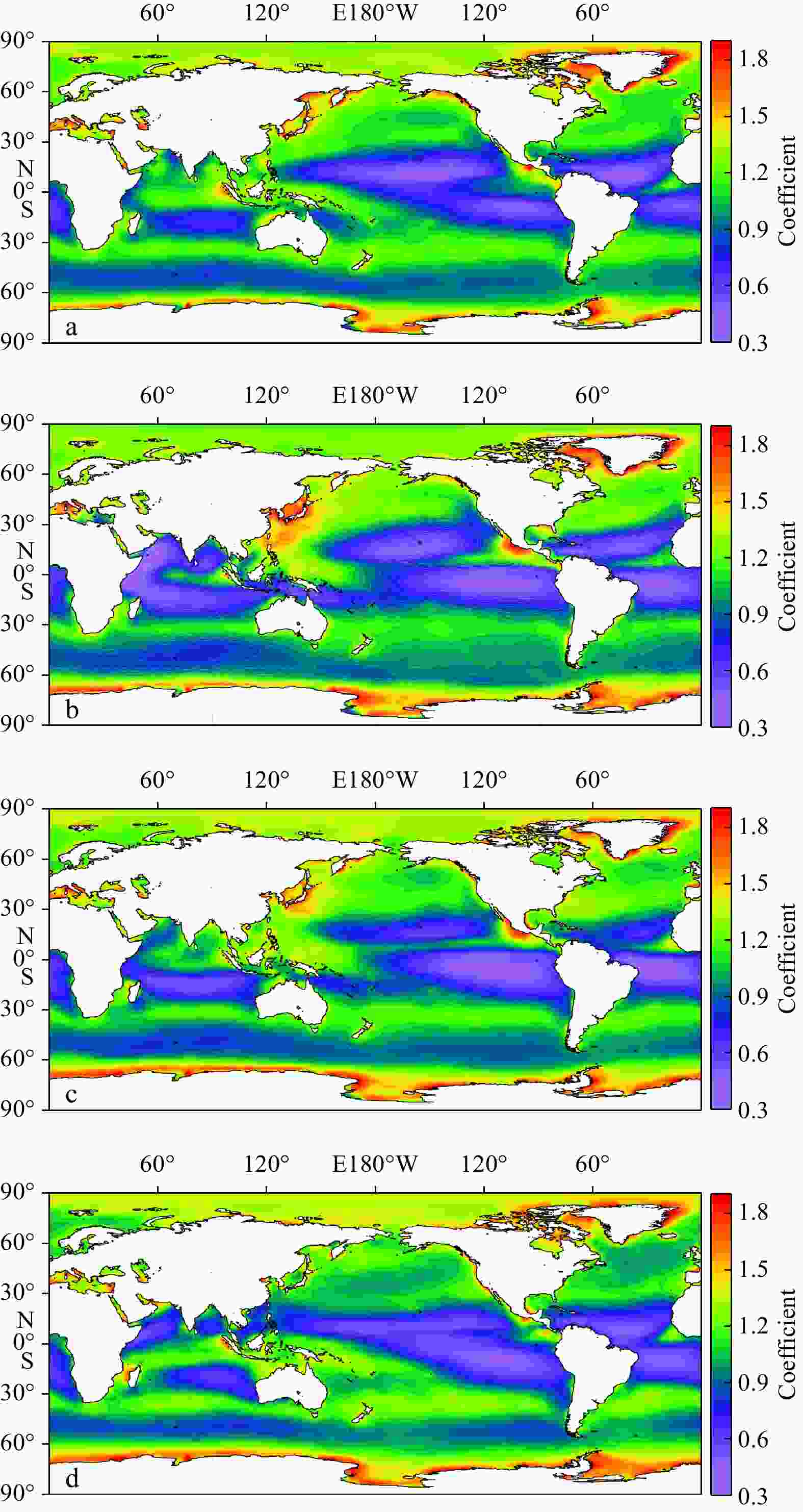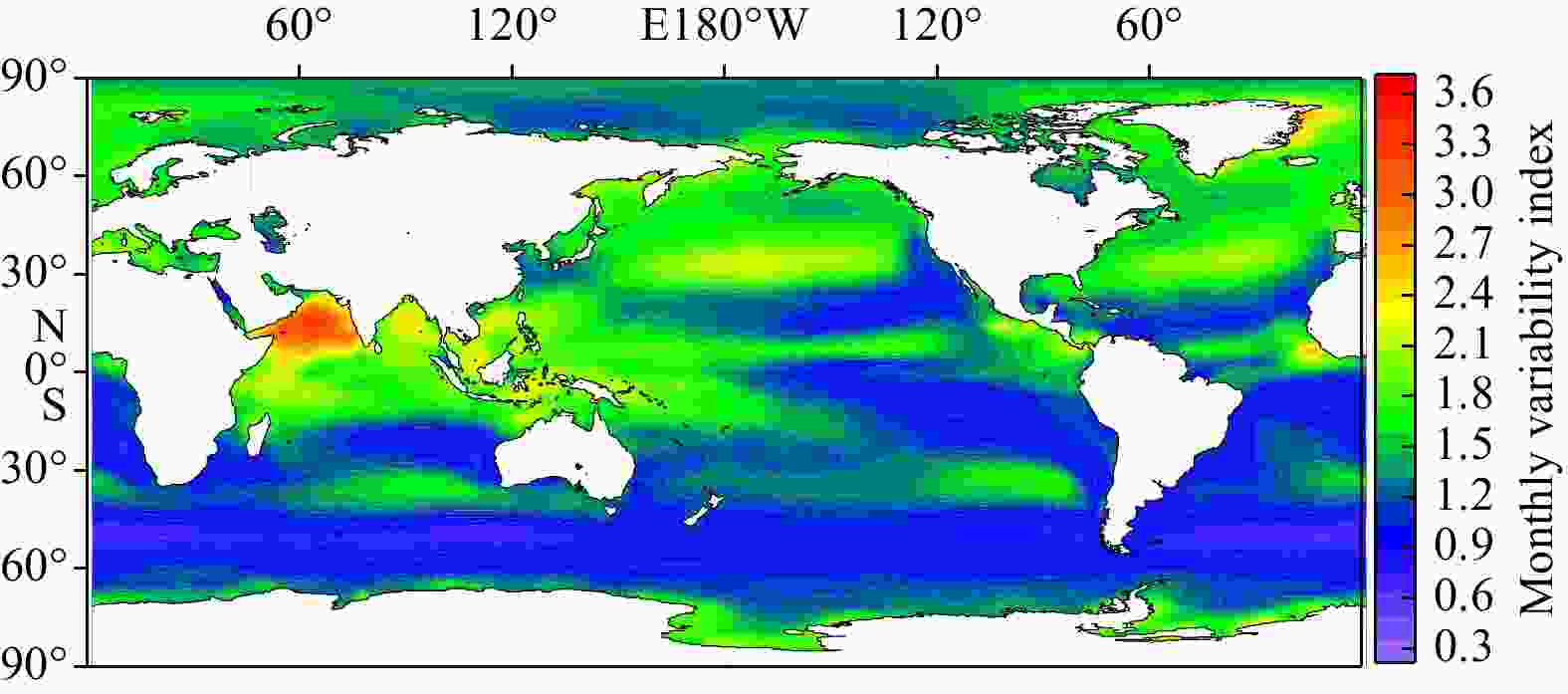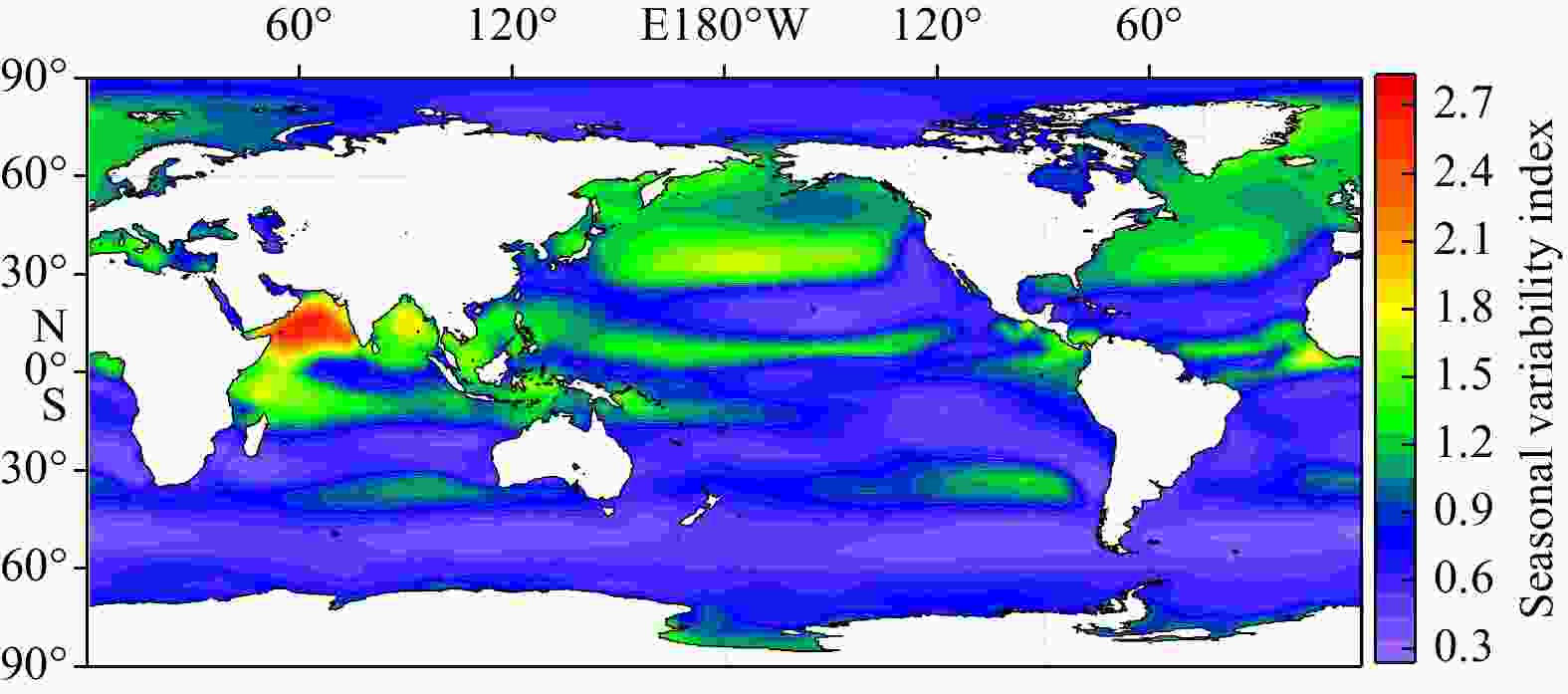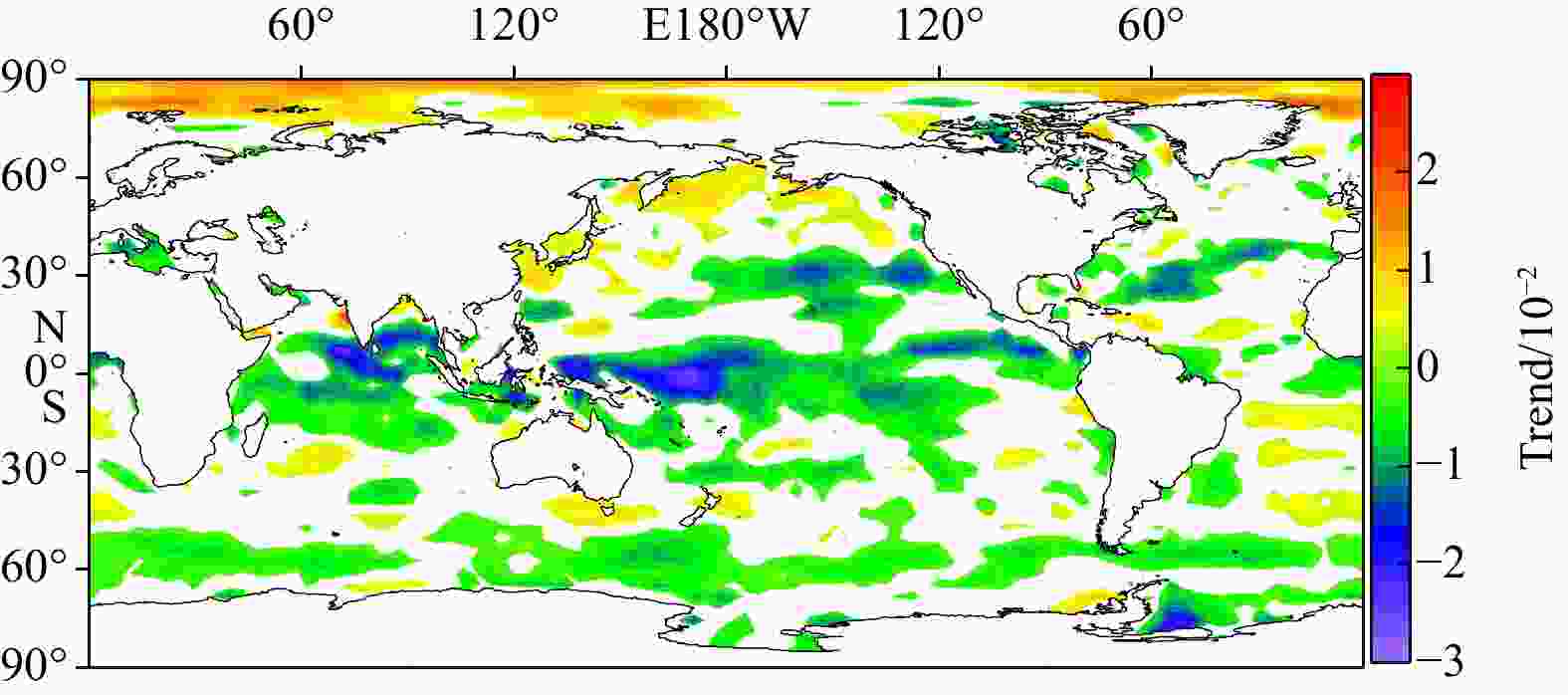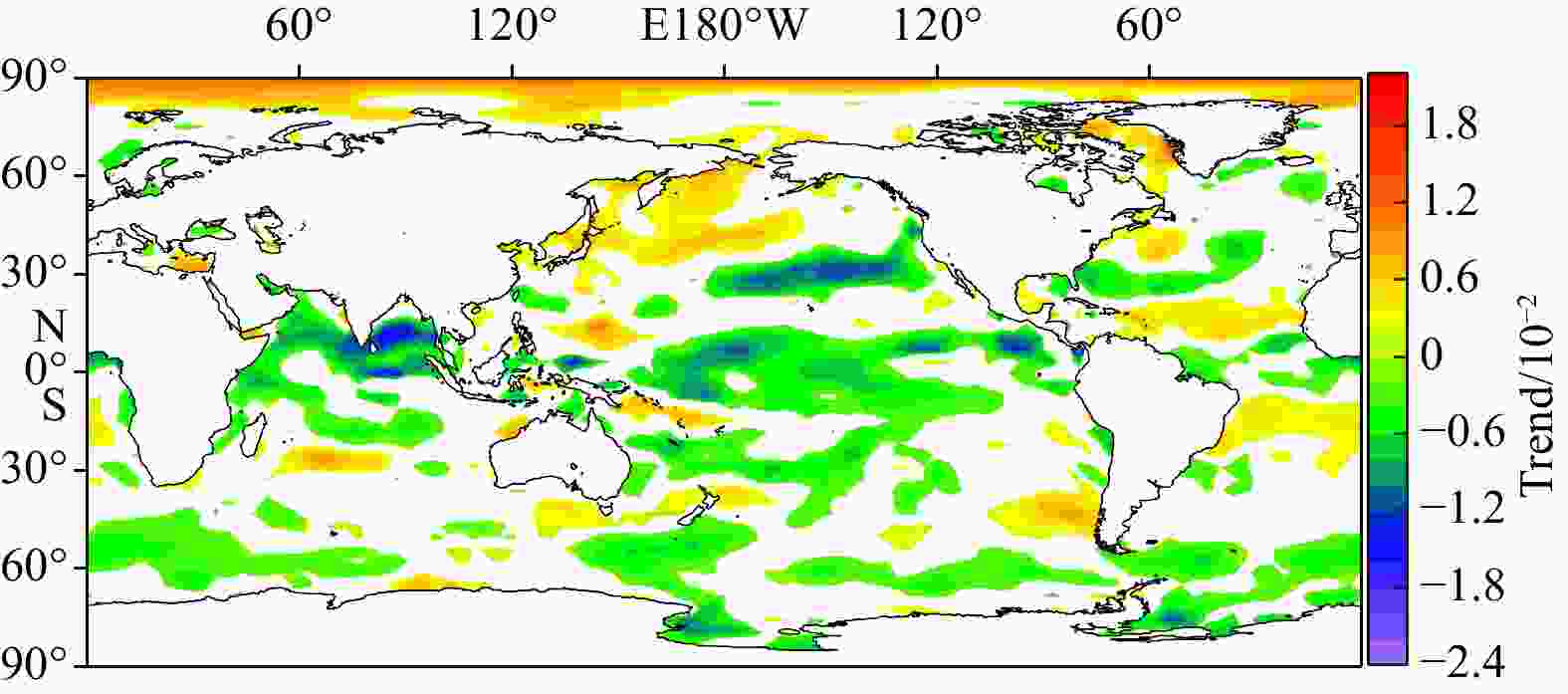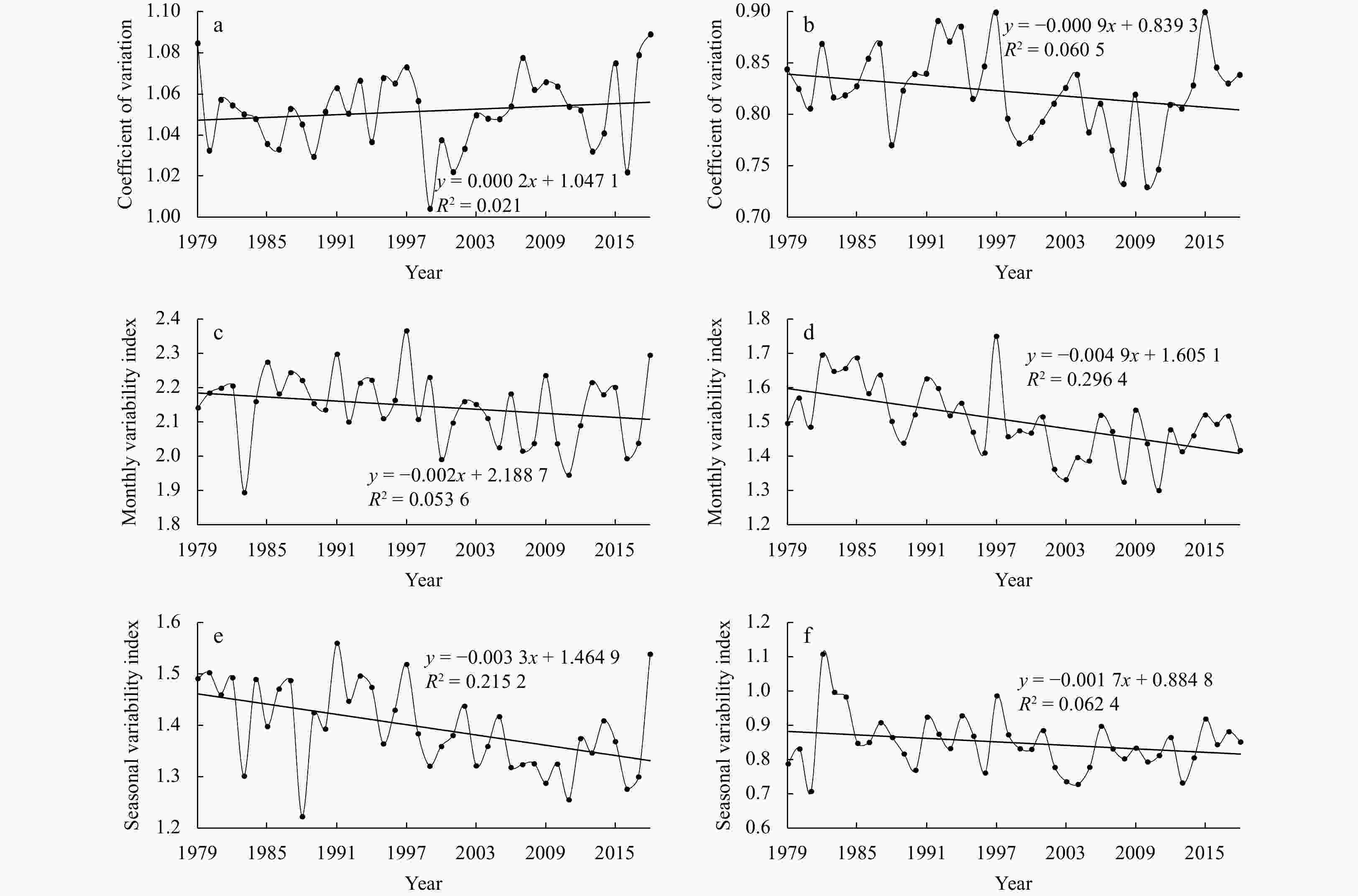|
Allen D J, Tomlin A S, Bale C S E, et al. 2017. A boundary layer scaling technique for estimating near-surface wind energy using numerical weather prediction and wind map data. Applied Energy, 208: 1246–1257, doi: 10.1016/j.apenergy.2017.09.029
|
|
Allouhi A, Zamzoum O, Islam M R, et al. 2017. Evaluation of wind energy potential in Morocco’s coastal regions. Renewable and Sustainable Energy Reviews, 72: 311–324, doi: 10.1016/j.rser.2017.01.047
|
|
Capps S B, Zender C S. 2010. Estimated global ocean wind power potential from QuikSCAT observations, accounting for turbine characteristics and siting. Journal of Geophysical Research: Atmospheres, 115(D9): D09101, doi: 10.1029/2009JD012679
|
|
Carvalho D, Rocha A, Gómez-Gesteira M, et al. 2014. WRF wind simulation and wind energy production estimates forced by different reanalyses: Comparison with observed data for Portugal. Applied Energy, 117: 116–126, doi: 10.1016/j.apenergy.2013.12.001
|
|
Carvalho D, Rocha A, Gómez-Gesteira M, et al. 2017a. Offshore winds and wind energy production estimates derived from ASCAT, OSCAT, numerical weather prediction models and buoys—A comparative study for the Iberian Peninsula Atlantic coast. Renewable Energy, 102: 433–444, doi: 10.1016/j.renene.2016.10.063
|
|
Carvalho D, Rocha A, Gómez-Gesteira M, et al. 2017b. Potential impacts of climate change on European wind energy resource under the CMIP5 future climate projections. Renewable Energy, 101: 29–40, doi: 10.1016/j.renene.2016.08.036
|
|
Carvalho D, Rocha A, Costoya X, et al. 2021. Wind energy resource over Europe under CMIP6 future climate projections: What changes from CMIP5 to CMIP6. Renewable and Sustainable Energy Reviews, 151: 111594, doi: 10.1016/j.rser.2021.111594
|
|
Chadee X T, Clarke R M. 2014. Large-scale wind energy potential of the Caribbean region using near-surface reanalysis data. Renewable and Sustainable Energy Reviews, 30: 45–58, doi: 10.1016/j.rser.2013.09.018
|
|
Cornett A M. 2008. A global wave energy resource assessment. In: Proceedings of the 18th International Offshore and Polar Engineering Conference. Vancouver, Canada: International Society of Offshore and Polar Engineers, 318–326
|
|
Costoya X, deCastro M, Carvalho D, et al. 2021. Climate change impacts on the future offshore wind energy resource in China. Renewable Energy, 175: 731–747, doi: 10.1016/j.renene.2021.05.001
|
|
Davy R, Gnatiuk N, Pettersson L, et al. 2018. Climate change impacts on wind energy potential in the European domain with a focus on the Black Sea. Renewable and Sustainable Energy Reviews, 81: 1652–1659, doi: 10.1016/j.rser.2017.05.253
|
|
deCastro M, Costoya X, Salvador S, et al. 2019. An overview of offshore wind energy resources in Europe under present and future climate. Annals of the New York Academy of Sciences, 1436(1): 70–97, doi: 10.1111/nyas.13924
|
|
Dee D P, Uppala S M, Simmons A J, et al. 2011. The ERA-Interim reanalysis: configuration and performance of the data assimilation system. Quarterly Journal of the Royal Meteorological Society, 137(656): 553–597, doi: 10.1002/qj.828
|
|
Esteban M D, Espada J M, Ortega J M, et al. 2019. What about marine renewable energies in Spain?. Journal of Marine Science and Engineering, 7(8): 249, doi: 10.3390/jmse7080249
|
|
González-Longatt F, González J S, Payán M B, et al. 2014. Wind-resource atlas of Venezuela based on on-site anemometry observation. Renewable and Sustainable Energy Reviews, 39: 898–911, doi: 10.1016/j.rser.2014.07.172
|
|
Han Li, Romero C E, Yao Zheng. 2015. Wind power forecasting based on principle component phase space reconstruction. Renewable Energy, 81: 737–744, doi: 10.1016/j.renene.2015.03.037
|
|
Jung C, Taubert D, Schindler D. 2019. The temporal variability of global wind energy—Long-term trends and inter-annual variability. Energy Conversion and Management, 188: 462–472, doi: 10.1016/j.enconman.2019.03.072
|
|
Kumar B P, Vialard J, Lengaigne M, et al. 2013. TropFlux wind stresses over the tropical oceans: evaluation and comparison with other products. Climate Dynamics, 40(7): 2049–2071
|
|
Langodan S, Cavaleri L, Viswanadhapalli Y, et al. 2014. The Red Sea: a natural laboratory for wind and wave modeling. Journal of Physical Oceanography, 44(12): 3139–3159, doi: 10.1175/JPO-D-13-0242.1
|
|
Langodan S, Viswanadhapalli Y, Dasari H P, et al. 2016. A high-resolution assessment of wind and wave energy potentials in the Red Sea. Applied Energy, 181: 244–255, doi: 10.1016/j.apenergy.2016.08.076
|
|
Liu Hui, Chen Chao. 2019. Data processing strategies in wind energy forecasting models and applications: A comprehensive review. Applied Energy, 249: 392–408, doi: 10.1016/j.apenergy.2019.04.188
|
|
Liu Fa, Sun Fubao, Liu Wenbin, et al. 2019. On wind speed pattern and energy potential in China. Applied Energy, 236: 867–876, doi: 10.1016/j.apenergy.2018.12.056
|
|
Marcos R, González-Reviriego N, Torralba V, et al. 2019. Characterization of the near surface wind speed distribution at global scale: ERA-Interim reanalysis and ECMWF seasonal forecasting system 4. Climate Dynamics, 52(5/6): 3307–3319, doi: 10.1007/s00382-018-4338-5
|
|
Omrani H, Drobinski P, Arsouze T, et al. 2017. Spatial and temporal variability of wind energy resource and production over the North Western Mediterranean Sea: Sensitivity to air-sea interactions. Renewable Energy, 101: 680–689, doi: 10.1016/j.renene.2016.09.028
|
|
Onea F, Deleanu L, Rusu L, et al. 2016. Evaluation of the wind energy potential along the Mediterranean Sea coasts. Energy Exploration & Exploitation, 34(5): 766–792
|
|
Pryor S C, Barthelmie R J. 2011. Assessing climate change impacts on the near-term stability of the wind energy resource over the United States. Proceedings of the National Academy of Sciences of the United States of America, 108(20): 8167–8171, doi: 10.1073/pnas.1019388108
|
|
Qian Zheng, Pei Yan, Zareipour H, et al. 2019. A review and discussion of decomposition-based hybrid models for wind energy forecasting applications. Applied Energy, 235: 939–953, doi: 10.1016/j.apenergy.2018.10.080
|
|
Rivas M B, Stoffelen A. 2019. Characterizing ERA-Interim and ERA5 surface wind biases using ASCAT. Ocean Science, 15(3): 831–852, doi: 10.5194/os-15-831-2019
|
|
Rusu L, Ganea D, Mereuta E. 2018. A joint evaluation of wave and wind energy resources in the Black Sea based on 20-year hindcast information. Energy Exploration & Exploitation, 36(2): 335–351
|
|
Rusu L, Onea F. 2017. The performance of some state-of-the-art wave energy converters in locations with the worldwide highest wave power. Renewable and Sustainable Energy Reviews, 75: 1348–1362, doi: 10.1016/j.rser.2016.11.123
|
|
Song Lina, Liu Zhiliang, Wang Fan. 2015. Comparison of wind data from ERA-Interim and buoys in the Yellow and East China Seas. Chinese Journal of Oceanology and Limnology, 33(1): 282–288, doi: 10.1007/s00343-015-3326-4
|
|
Soukissian T H, Denaxa D, Karathanasi F, et al. 2017. Marine renewable energy in the Mediterranean Sea: Status and perspectives. Energies, 10(10): 1512, doi: 10.3390/en10101512
|
|
Soukissian T H, Karathanasi F E. 2016. On the use of robust regression methods in wind speed assessment. Renewable Energy, 99: 1287–1298, doi: 10.1016/j.renene.2016.08.009
|
|
Thomas B R, Kent E C, Swail V R, et al. 2008. Trends in ship wind speeds adjusted for observation method and height. International Journal of Climatology, 28(6): 747–763, doi: 10.1002/joc.1570
|
|
Ulazia A, Sáenz J, Ibarra-Berastegui G, et al. 2017. Using 3DVAR data assimilation to measure offshore wind energy potential at different turbine heights in the West Mediterranean. Applied Energy, 208: 1232–1245, doi: 10.1016/j.apenergy.2017.09.030
|
|
Wan Yong, Fan Chenqing, Dai Yongshou, et al. 2018. Assessment of the joint development potential of wave and wind energy in the South China Sea. Energies, 11(2): 398, doi: 10.3390/en11020398
|
|
Wan Yong, Zhang Jie, Meng Junmin, et al. 2015. Exploitable wave energy assessment based on ERA-Interim reanalysis data—A case study in the East China Sea and the South China Sea. Acta Oceanologica Sinica, 34(9): 143–155, doi: 10.1007/s13131-015-0641-8
|
|
Wang Yihui, Walter R K, White C, et al. 2019. Assessment of surface wind datasets for estimating offshore wind energy along the Central California Coast. Renewable Energy, 133: 343–353, doi: 10.1016/j.renene.2018.10.008
|
|
Wang Guosong, Wang Xidong, Wang Hui, et al. 2020. Evaluation on monthly sea surface wind speed of four reanalysis data sets over the China seas after 1988. Acta Oceanologica Sinica, 39(1): 83–90, doi: 10.1007/s13131-019-1525-0
|
|
Xydis G. 2015. A wind energy integration analysis using wind resource assessment as a decision tool for promoting sustainable energy utilization in agriculture. Journal of Cleaner Production, 96: 476–485, doi: 10.1016/j.jclepro.2013.11.030
|
|
Xydis G, Mihet-Popa L. 2017. Wind energy integration via residential appliances. Energy Efficiency, 10(2): 319–329, doi: 10.1007/s12053-016-9459-2
|
|
Yan Jie, Zhang Hao, Liu Yongqian, et al. 2019. Uncertainty estimation for wind energy conversion by probabilistic wind turbine power curve modelling. Applied Energy, 239: 1356–1370, doi: 10.1016/j.apenergy.2019.01.180
|
|
Yu Lejiang, Zhong Shiyuan. 2019. The Interannual variability of surface winds in Antarctica and the surrounding oceans: A climatological analysis using the ERA-Interim reanalysis data. Journal of Geophysical Research: Atmospheres, 124(16): 9046–9061, doi: 10.1029/2019JD030328
|
|
Zheng Chongwei, Li Chongyin, Li Xin. 2017. Recent decadal trend in the North Atlantic wind energy resources. Advances in Meteorology, 2017: 7257492, doi: 10.1155/2017/7257492
|
|
Zheng Chongwei, Li Xueyan, Luo Xia, et al. 2019a. Projection of future global offshore wind energy resources using CMIP data. Atmosphere: Ocean, 57(2): 134–148, doi: 10.1080/07055900.2019.1624497
|
|
Zheng Chongwei, Li Chongyin, Xu Jianjun. 2019b. Micro-scale classification of offshore wind energy resource—A case study of the New Zealand. Journal of Cleaner Production, 226: 133–141, doi: 10.1016/j.jclepro.2019.04.082
|
|
Zheng Chongwei, Xiao Ziniu, Peng Yuehua, et al. 2018. Rezoning global offshore wind energy resources. Renewable Energy, 129: 1–11, doi: 10.1016/j.renene.2018.05.090
|





 下载:
下载:
